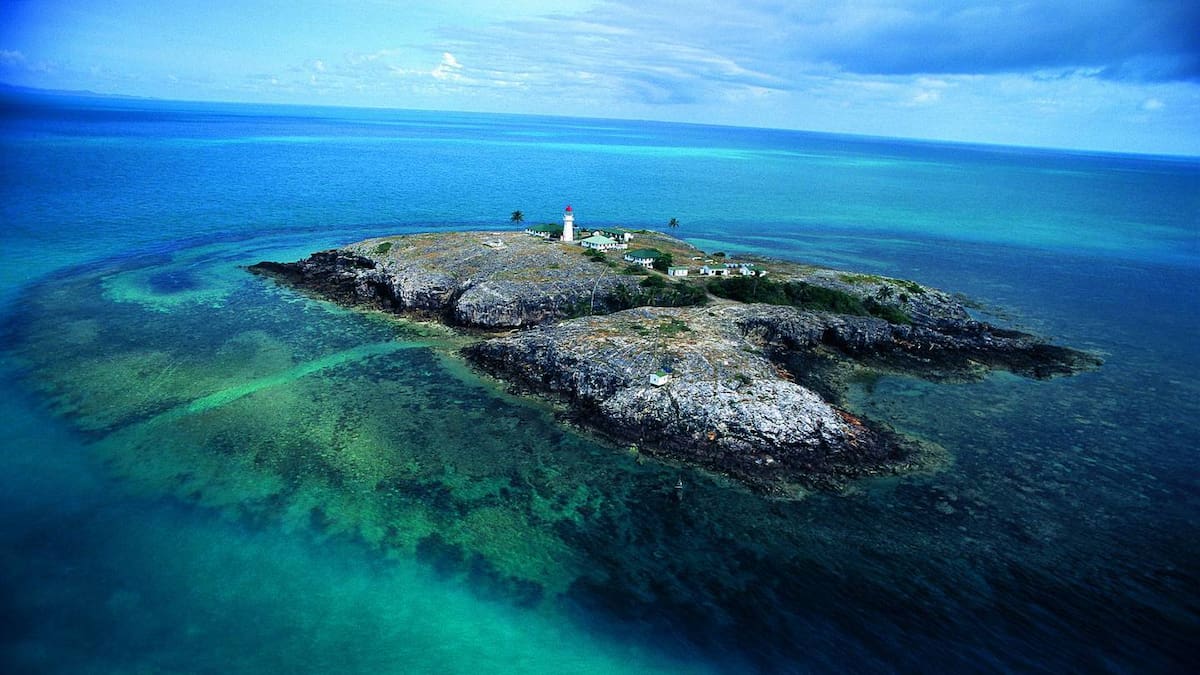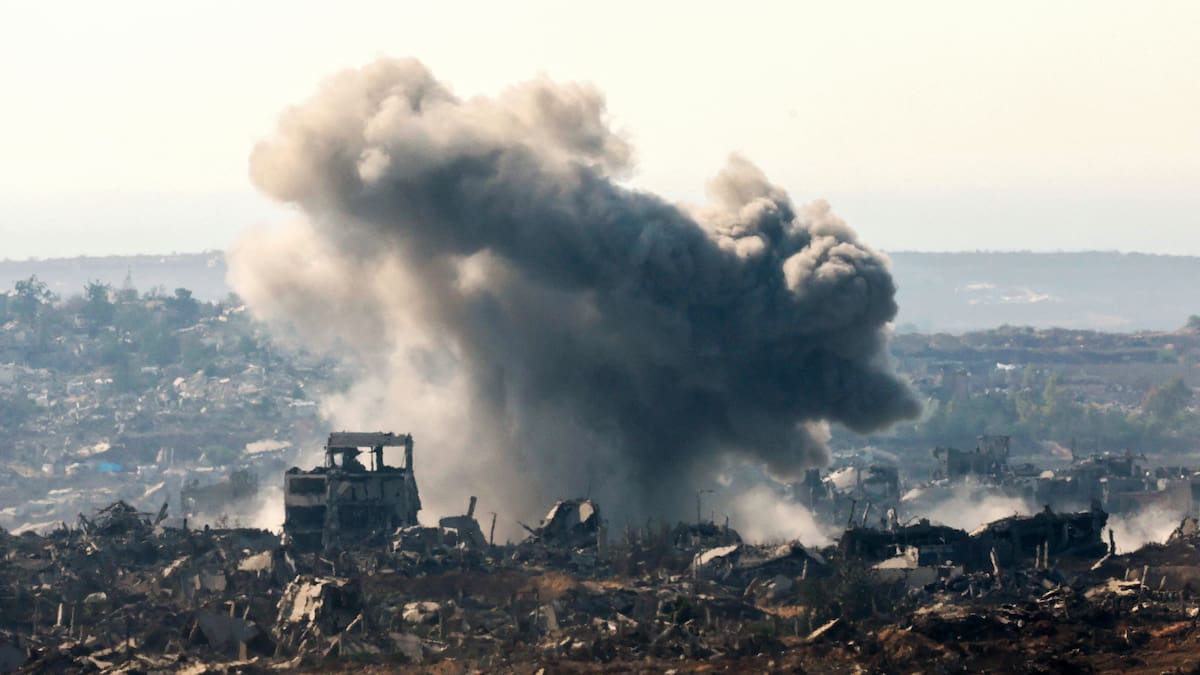“What do any of us say to our families now?”
Fellow plaintiff Pabai Pabai said: “My heart is broken for my family and my community”.
Federal Court Justice Michael Wigney criticised the Government for setting emissions targets between 2015 and 2021 that failed to consider the “best available science”.
But these targets would have had little impact on global temperature rise, he found.
“Any additional greenhouse gases that might have been released by Australia as a result of low emissions targets would have caused no more than an almost immeasurable increase in global average temperatures,” Wigney said.
Australia’s previous conservative government sought to cut emissions by around 26% before 2030.
The incumbent left-leaning government in 2022 adopted new plans to slash emissions by 40% before the end of the decade and reach net zero by 2050.
‘Climate refugees’
Fewer than 5000 people live in the Torres Strait, a collection of about 274 mud islands and coral cays wedged between Australia’s mainland and Papua New Guinea.
Lawyers for traditional landowners from Boigu and Saibai – among the worst-impacted islands – asked the court to order the Government “to reduce greenhouse gas emissions to a level that will prevent Torres Strait Islanders from becoming climate refugees”.
Sea levels in some parts of the archipelago are rising almost three times faster than the global average, according to official figures.
Rising tides have washed away graves, eaten through huge chunks of exposed coastline, and poisoned once-fertile soils with salt.
The lawsuit argued that some islands would soon become uninhabitable if global temperatures rose more than 1.5C above pre-industrial levels.
The World Meteorological Organisation has warned this threshold could be breached before the end of the decade.
While Australia’s emissions pale in comparison to the likes of China and the United States, the fossil fuel powerhouse is one of the largest coal exporters in the world.
-Agence France-Presse






